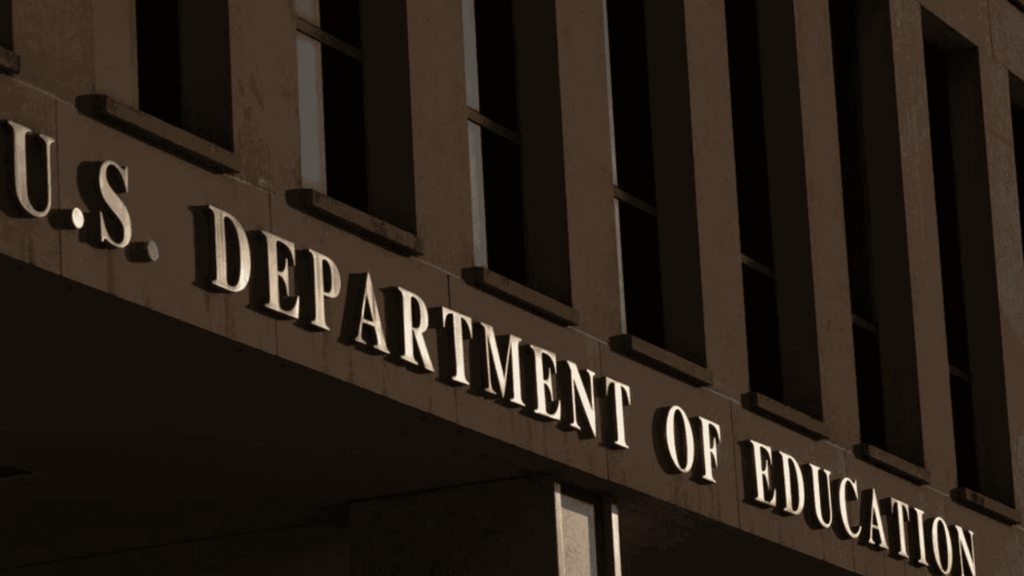The federal government shutdown that began on October 1, 2025, is already sending shockwaves through the nation and some of the hardest hit are inside the Department of Education (DOE).
As part of the Trump administration’s cost-cutting measures, nearly all staff within the DOE’s Office of Special Education and Rehabilitative Services (OSERS) have reportedly been laid off. OSERS oversees two critical divisions: the Office of Special Education Programs (OSEP) and the Rehabilitation Services Administration (RSA), both vital in ensuring that children with disabilities receive essential support.
This drastic move effectively guts the very office responsible for protecting and funding services for millions of students with disabilities across the country.

Who Will Be Most Impacted
These layoffs disproportionately threaten the education of Black and Brown children, who are already among the most underserved populations in the nation’s schools. According to the National Center for Education Statistics (NCES), during the 2022–2023 school year, 1,268,721 Black (African American) children ages 3–21 received special education services under the Individuals with Disabilities Education Act (IDEA). That represents 16.9% of all students served under IDEA.
Parents of children receiving special education services are understandably anxious and outraged. Local schools rely heavily on federal funding and technical assistance from OSERS to meet legal requirements for individualized education programs (IEPs), evaluations, and early intervention services. Without that support, many fear their children could lose the resources they are legally entitled to.
A Threat to IDEA’s Promise
The Individuals with Disabilities Education Act (IDEA), originally enacted in 1975 as the Education for All Handicapped Children Act, was renamed in 1990. It guarantees that all eligible children with disabilities have access to:
- A free and appropriate public education (FAPE)
- Special education services tailored to their needs
- Early intervention programs for infants and toddlers with disabilities
- Competitive federal grants to improve inclusion and innovation in special education
Since its inception, IDEA has symbolized a rare example of federal, state, and local cooperation for a moral cause: ensuring no child is left behind because of a disability. These layoffs, however, place that legacy in jeopardy.
McMahon’s Promises and the Reality
Education Secretary Linda McMahon has publicly insisted that her department remains committed to protecting special education. Earlier this year, she testified before Congress that the administration would “continue to safeguard the rights of children with disabilities.”
Yet, her recent actions tell a different story. McMahon’s broader plan to dismantle the federal Department of Education and shift oversight to individual states now appears to be accelerating, leaving parents, educators, and advocates questioning whether the federal government is abandoning its responsibility altogether.

The Road Ahead
With OSERS and OSEP now largely defunded and unmanned, it remains unclear how states will meet their obligations under IDEA. These federal offices not only distribute billions in funding but also monitor state compliance and protect parents’ rights through due process and enforcement mechanisms.
For the 1.2 million Black children and millions of others who depend on these protections, the stakes could not be higher. What happens in the coming weeks will determine whether the federal government remains a partner or becomes an obstacle in the fight for educational equity.

